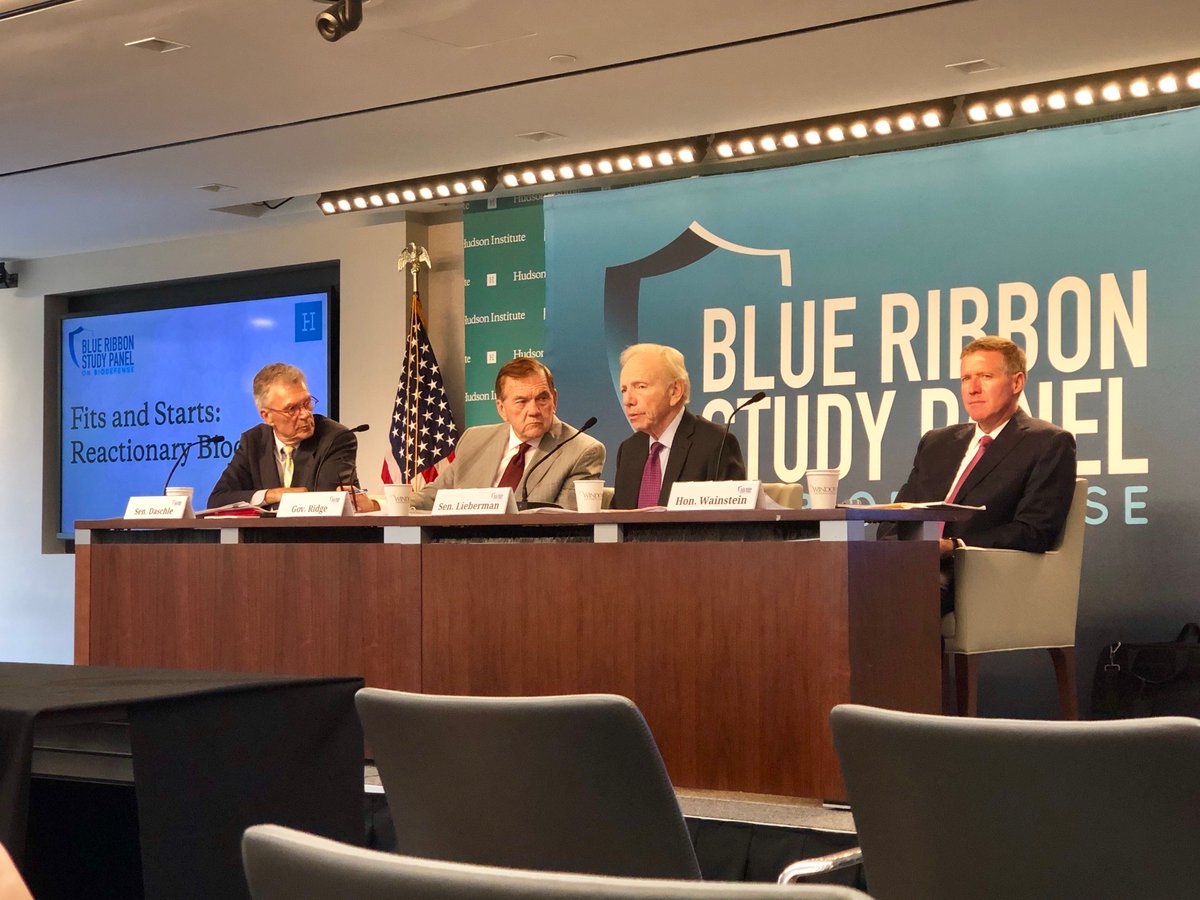
The Chinese government is investing more than the United States in the use of non-human primates as laboratory models for deadly infectious disease research, according to expert testimony delivered on Tuesday during a meeting of the Blue Ribbon Study Panel on Biodefense.
Jay Rappaport, director and chief academic officer at the Tulane National Primate Research Center, spoke about this difference during the meeting of the panel, comprised of infectious disease experts. Rappaport said the United States is about 20 percent under-resourced when it comes to supplying research centers with macaques and other monkey species that are vital to vaccine and medication trials. The pharmaceutical industry relies almost exclusively on macaque models.
“We’re vulnerable in our position in the world,” he said. “Our pharmaceutical industry is dependent upon China.”
The Chinese government has supplied its research organizations with a steady stream of non-human primates, so much so that American scientists are seeking work in China leading to a brain drain of sorts, Rappaport says.
Non-human primates are critical in testing drugs to address pathogens such as the Zika virus and HIV, experts say. In addition, these species are used to seek treatments for possible human exposure to select agents and toxins, the more than sixty substances that pose the greatest risk to public health and safety.
“The nature of select agents is such that the medical countermodels developed cannot be tested in humans,” Rappaport said. “These animals are the most valuable asset related to these outbreaks.”
More research with these animals requires additional funding. Although the budget of the National Institutes of Health increased by 5 percent last year, the budget for non-human primate research is essentially flat, he added. Rappaport suggested that the U.S. Department of Defense support a strategic reserve that would annually fund this base-grant work at $40 million, with additional millions for biosafety and select-agent research.
Beyond the discussion of non-human primate models, panelists also addressed whether communication networks have improved after incidents of Ebola and H1N1 in the United States. The panelists agreed that the availability of communication technology makes misinformation easier and more difficult to manage during an outbreak.
Connie Savor Price, chief medical officer at the Denver Health and Hospitals Authority, spoke about the necessity to communicate better with rural communities about diagnosing diseases such as Ebola. Price, who also is a professor of medicine at the Division of Infectious Diseases within the University of Colorado’s School of Medicine, said these health workers don’t need to be experts on the illness but could be better informed about the precautions.
Rear Admiral Stephen C. Redd, director of the Office of Public Health Preparedness and Response, Centers for Disease Control and Prevention, said one of the best counteractions to improve communication in recent years is the National Health Security Preparedness Index. The index assesses states’ abilities with health surveillance, community planning, incident and information management, healthcare delivery, and countermeasure management, among other factors to combat public health threats.
Beginning in September 2001, letters containing anthrax spores were mailed to media offices and to the offices of U.S. Sens. Patrick Leahy and Tom Daschle. Five people died, and 17 others were infected by the spores.
“As we measure where we are today, have we adequately prepared?” asked former Senate Majority Leader Tom Daschle, a member of the Blue Ribbon panel. “Are we adequately capable of addressing a catastrophic experience way beyond the anthrax experience in 2001?”

